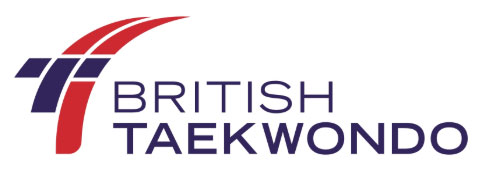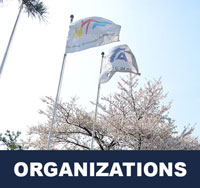Taekwondo 태권도Taekwondo Preschool
Promotion from one geup to the next can proceed rapidly in some schools, since schools often allow geup promotions every two, three, or four months. Students of geup rank learn the most basic techniques first, and then move on to more advanced techniques as they approach first dan. Many of the older and more traditional schools often take longer to allow students to test for higher ranks than newer, more contemporary schools, as they may not have the required testing intervals. View Taekwondo belt levels »

British Taekwondo Control Board (BTCB)
Two of the most popular systems of taekwondo are named solely after their respective organizations: the World Taekwondo (WT) and the International Taekwon-Do Federation (ITF).
British Taekwondo (official title British Taekwondo Control Board (WT) Ltd; BTCB) is a member of the World Taekwondo (WT). British Taekwondo is also a member of the British Olympic Association (BOA) and the European Taekwondo Union (ETU). It was established in 1982 and is the National Governing Body for taekwondo in the United Kingdom. Its functions include responsibility for the selection of National Teams to compete at International and Olympic level.
The 5 Tenets of BTCB (WT Style) Taekwondo
- Etiquette
- Modesty
- Perseverance
- Self Control
- Indomitable Spirit
The BTCB (WT Style) Taekwondo Student Oath
- to observe the tenets of Taekwondo
- to have respect for instructors and fellow students
- to never misuse the art of taekwondo
- to be a champion of freedom and justice
- to help build a more peaceful world
Advancement
Advancing through the belts is by a system of gradings. Gradings are typically held in 3–4 month cycles at regional training centres across the UK. Black belt promotion tests are held three times per year at venues around the UK. Grading systems will typically consist of line work, patterns, theory, and sparring. Students can typically advance through the belts at a rate of 1 geup every 3 months.
Belts
BTCB uses the following system of Belt Gradings:
- 10th geup - White belt (white signifies innocence, as a student with no previous knowledge of Taekwondo)
- 9th geup - White belt with yellow tag
- 8th geup - Yellow belt (yellow signifies earth, from which the metaphorical plant sprouts forth and takes root as the foundations of Taekwondo are laid)
- 7th geup - Yellow belt with green tag
- 6th geup - Green belt (green signifies the plant's growth as skills are developed)
- 5th geup - Green belt with blue tag
- 4th geup - Blue belt (blue signifies heaven, towards which the plant is growing as training progresses)
- 3rd geup - Blue belt with red tag
- 2nd geup - Red belt (red signifies danger, cautioning the student to exercise control and warning opponents)
- 1st geup - Red belt with black tag
- 1st Dan - Black belt (black is opposite to white and signifies maturity and proficiency in taekwondo)
BTCB (WT Style) uses the Poomse style of teaching Taekwondo.
Olympic Taekwondo
GB Taekwondo holds the mandate for selecting National Team players and Olympic Team players in the UK. Since Taekwondo's inception at the 2000 Sydney Olympics, the UK has fielded several players into Olympic tournaments.

Training Safety Precautions
Usually before the taekwondo class starts, the master ( 사범님 sabeomnim ) instructs the students to jog around the dojang to warmup. Depending on the size of the dojang, several laps are done. Risk of injury can be reduced by completing an effective warm-up consisting of a heart raiser to get your pulse up, followed by sport specific dynamic stretches (stretches whilst moving).
* Please see a certified Master Instructor ( 사범님 sabeomnim ) for training. Proper guidance and instructions are needed to ensure safe training.

Related Articles
Original Taekwondo Kwans ( 관 )
In addition to these private organizations, the original taekwondo schools ( 관 kwans ) that formed the organization that would eventually become the Kukkiwon 국기원 continue to exist as independent fraternal membership organizations that support the World Taekwondo (WT) and the Kukkiwon 국기원. The official curriculum of the kwans is that of the Kukkiwon 국기원. The kwans also function as a channel for the issuing of Kukkiwon dan and poom certification (black belt ranks) for their members. View Taekwondo Kwans ( 관 ) »
RESOURCES
This article uses material from the Wikipedia article "British Taekwondo Control Board", which is released under the Creative Commons Attribution-Share-Alike License 3.0.


















